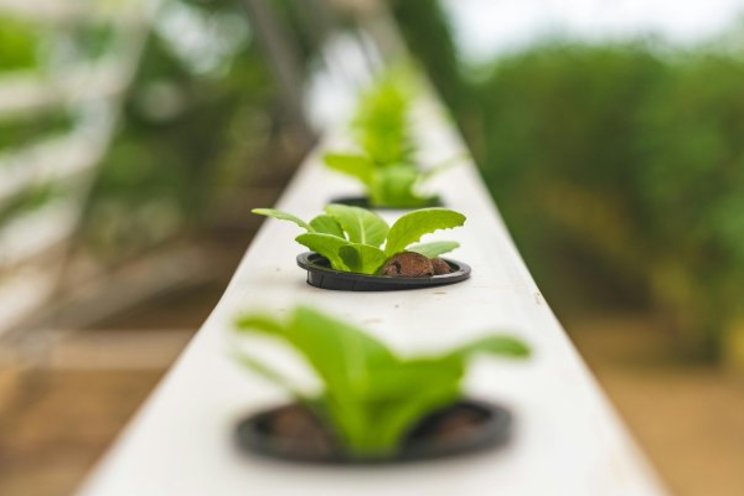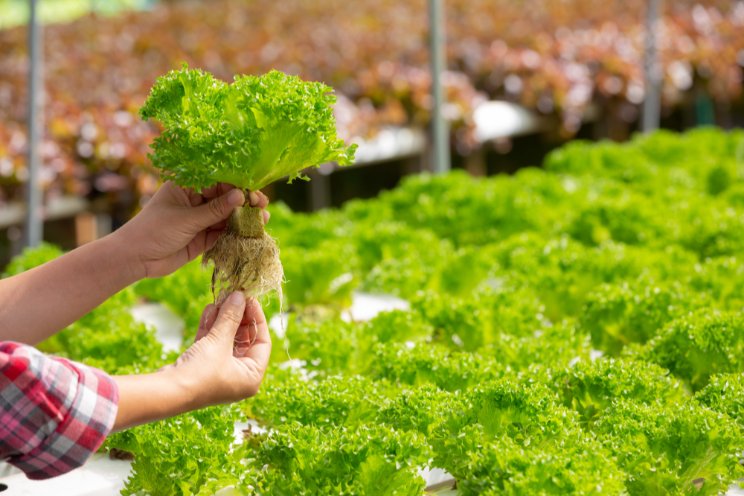Pest counts & action thresholds in the greenhouse
Added on 29 April 2022

1- No scouting performed with pesticides being applied on a calendar timetable.
2- Simply scouting for pest existence with pesticides applied when presence is observed.
3- Scouting crop and making pesticide application decisions based on pest counts and action thresholds. The third option is part of an integrated pest management (IPM) approach that has been promoted throughout the green industry the past few decades.
Greenhouse pest populations are measured by trapping or direct plant inspection, and both involve determining pest numbers. Counting pests and using action thresholds requires time and knowledge, but results in less pesticide use, reduced potential for insect resistance, and can improve plant quality. It is important to remember that trapping (e.g., yellow, or blue sticky cards) improves the efficiency when scouting your greenhouse but does not replace the actual inspection of individual crop plants (Fig. 1 & Fig. 2). This is particularly the case when scouting for aphids and mites.
Benefits of Counting Pests:
The scouting and counting of insects/mites help to detect when they are first present. Therefore, treatments are made before large populations build up, but not before it becomes necessary. Tracking pest numbers over time allows for the use of action thresholds, or when pest density levels threaten crop salability and economic loss. When pest densities and damage are low, it is not efficient to spend 95% of your time controlling the last 5% of the pest (Fig. 3).
The use of biological controls (e.g., beneficial insect/mite augmentation) is most effective when applied preventatively & pest numbers are low or have not yet even been observed. When using biological controls, pest count estimates are required to determine if the beneficials are adequately maintaining low pest densities.
Finally, instead of guessing, scouting, and estimating pest counts makes it possible to evaluate the effectiveness of chemical pest control interventions after they are applied.
Photo created by jcomp - www.freepik.com
Source: HortiBiz
More news















